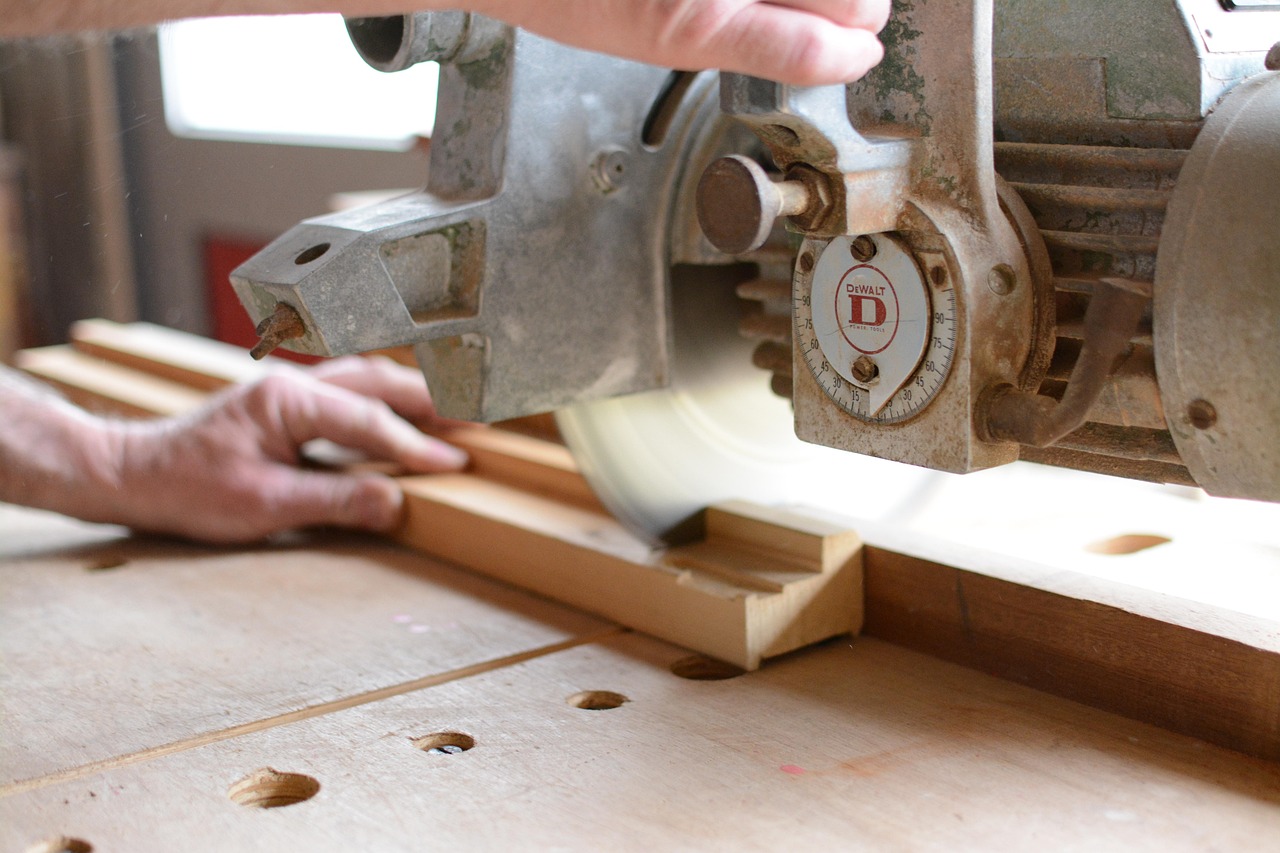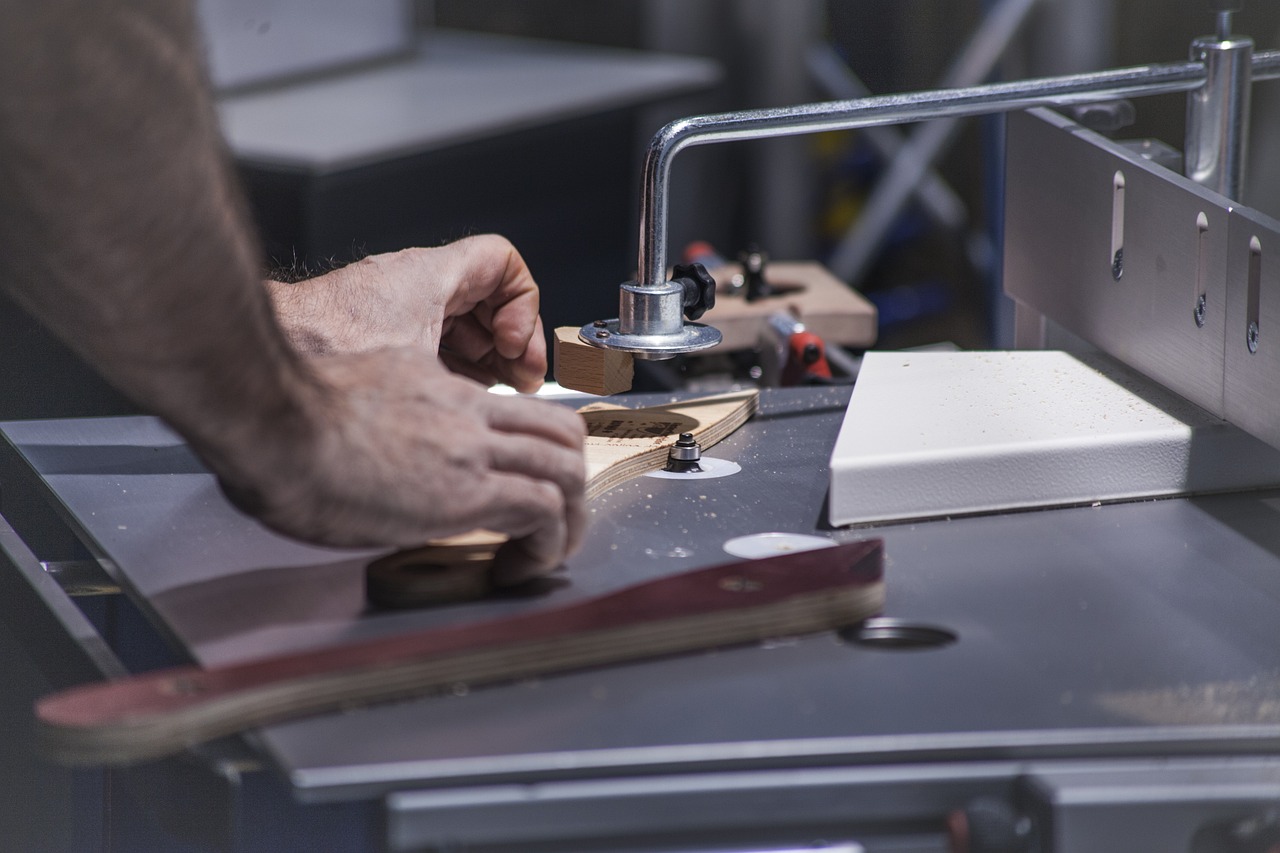Woodworking equipment finance offers tailored funding solutions to help businesses and professionals in the woodworking industry access the machinery and tools they need. This type of financing supports operations of all sizes whether setting up a new workshop, expanding production capacity, or upgrading to more advanced technology while preserving cash flow and reducing the burden of large upfront costs.
Common Financing Options for Woodworking Equipment
Considerations
- Interest Rates and Fees: Compare the total cost of different financing options, including interest rates, fees, and any hidden charges.
- Term Length: Align the financing term with the expected useful life of the equipment and the business’s revenue cycle.
- Maintenance and Repairs: Consider who will be responsible for maintenance and repairs. Some leasing agreements may include these services.
- Residual Value: In leasing agreements, understand the residual value of the equipment at the end of the lease term if ownership is an option.


Benefits of Woodworking Equipment Finance
- Cash Flow Management: Financing allows businesses to acquire essential equipment without large upfront costs, helping maintain liquidity for other operational needs.
- Tax Benefits: Depending on the type of financing, payments may be tax-deductible as business expenses.
- Up-to-Date Technology: Leasing options, in particular, enable businesses to upgrade to the latest technology regularly, ensuring they remain competitive in the market.
- Preservation of Capital: By financing rather than purchasing outright, businesses can preserve their working capital for other investments or operational expenses.
Specialiesd Financing
New vs. Used Equipment: Financing is available for both new and used woodworking equipment. Used equipment can be a cost-effective option, but terms may differ.
Seasonal Payment Plans: For woodworking businesses with seasonal fluctuations, some lenders offer payment plans that align with cash flow patterns.
Leaseback Arrangements: If a business already owns equipment, it can sell the equipment to a lender and then lease it back, freeing up capital while still using the machinery.
Woodworking businesses should carefully assess their specific needs, the lifespan of the equipment, and their financial situation when choosing the best financing option. By selecting the right financial solution, they can acquire the necessary tools to enhance productivity and grow their business while managing cash flow effectively.
Types of woodworking equipment
Industrial & Heavy Machinery
- CNC Routers
- Edge Banders
- Beam Saws
- Nesting Machines
- Wide Belt Sanders
- Panel Saws
- Spindle Moulders
- Four-Sided Moulders
- Tenoners
- Mortisers
- Dovetail Machines
- Vertical Panel Saws
- Sliding Table Saws
Precision Tools & Medium Equipment
- Milling Machines
- Lathes (Woodturning Lathes)
- Bandsaws
- Drum Sanders
- Scroll Saws
- Disc Sanders
- Jointers
- Dowelling Machines
- Dust Extraction Systems